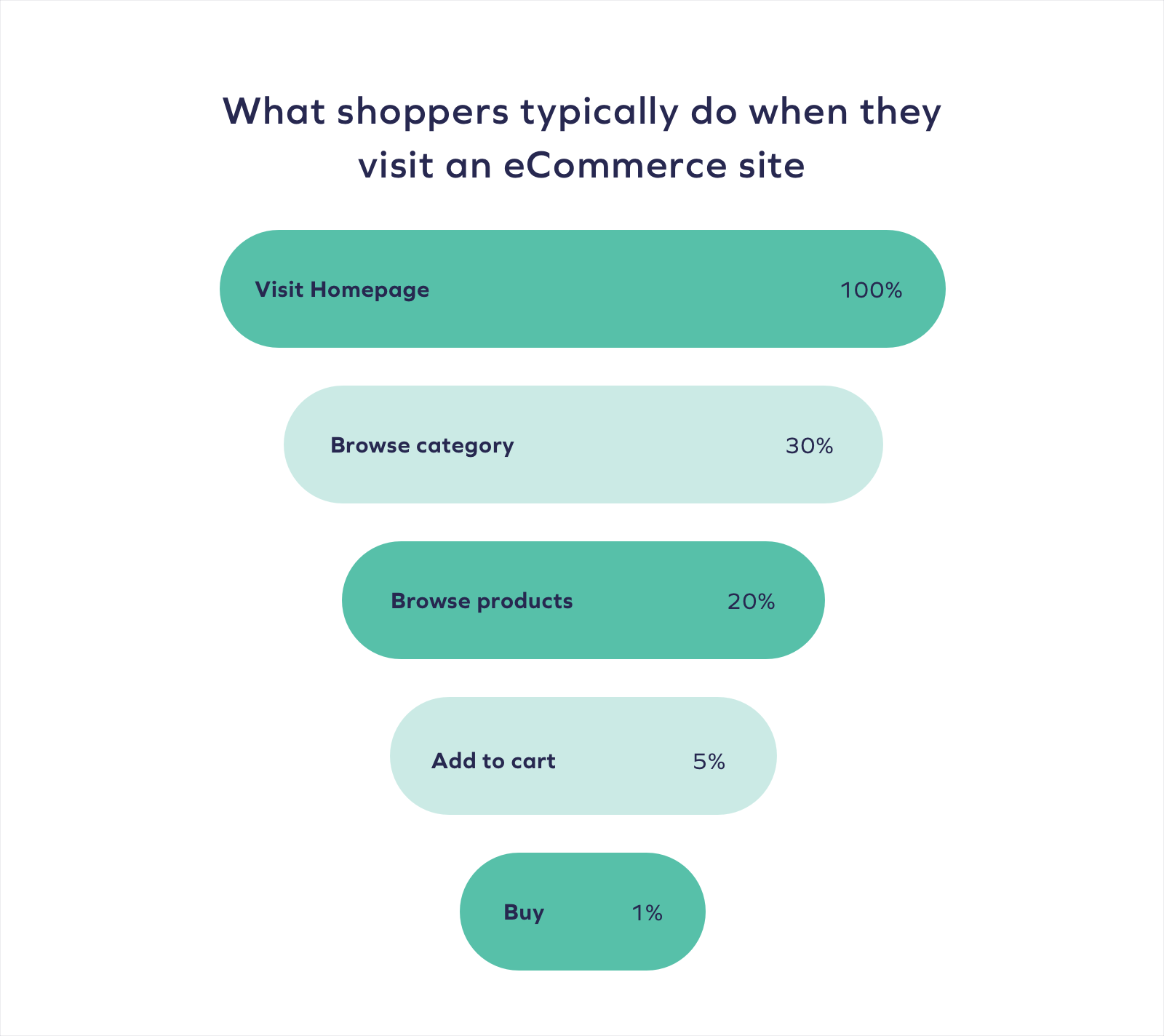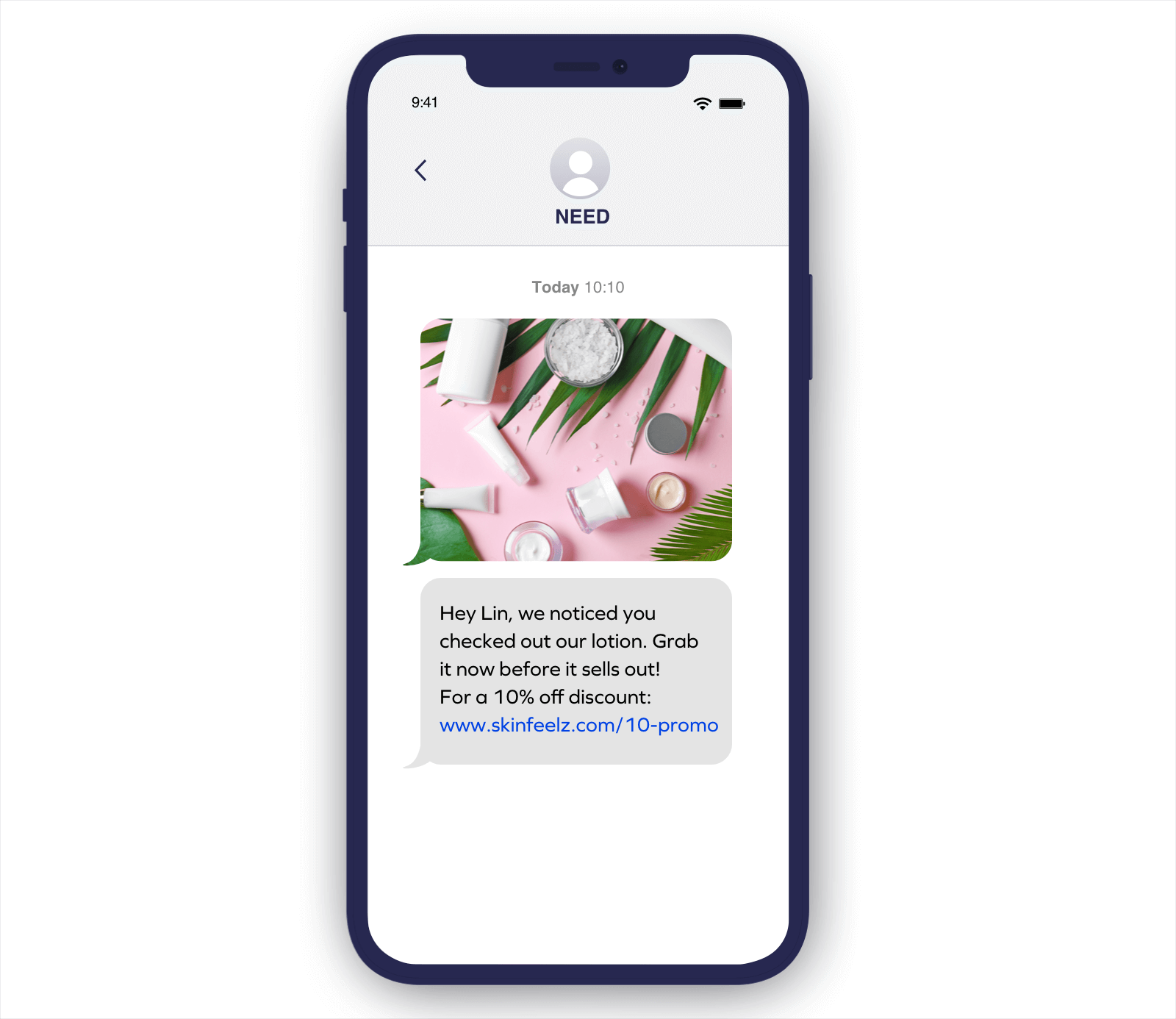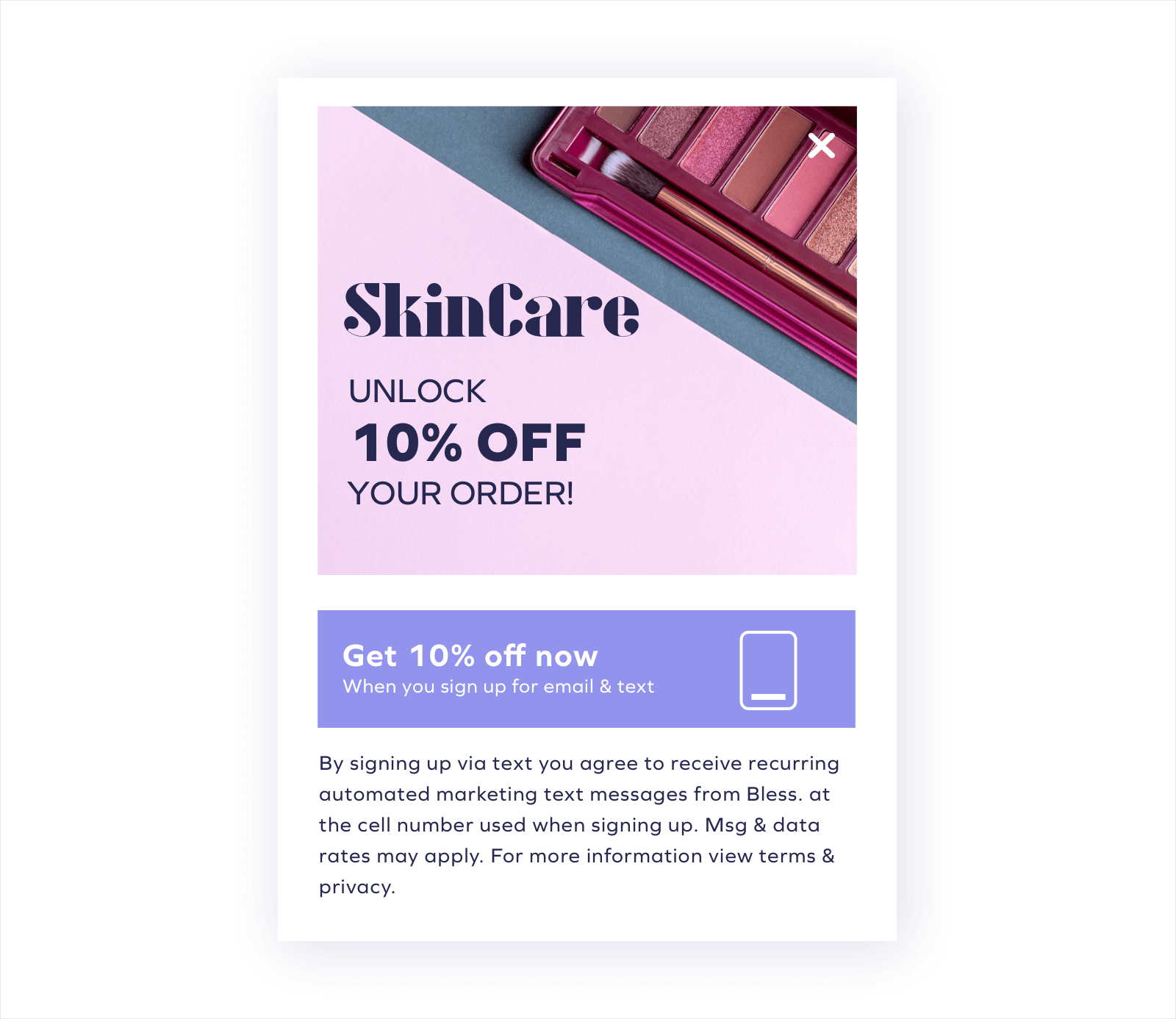Fight Browse Abandonment With SMS Marketing
Many brands overlook browse abandonment, but it’s essential to have a strategy to win back customers. Learn how you can use SMS marketing to turn abandoned sessions into a purchase.
 Product Page Guide
Product Page Guide
Many brands overlook browse abandonment, but it’s essential to have a strategy to win back customers. Learn how you can use SMS marketing to turn abandoned sessions into a purchase.
Get 19 lessons from top experts delivered straight to your inbox
Your information will be treated in accordance with our Privacy Policy
Shoppers have more options to buy than ever before, making it harder to get them to convert. This means more abandoned sessions, as customers leave online stores in search of similar products with more bells and whistles or at a lower price point.
In this chapter, we’re going to dive into browse abandonment — what it is, why it matters, and how you can use SMS strategies to win back customers and move them further along the path to purchase.
Brands often allocate significant resources to cart abandonment, and with good reason. According to research from the Baynard Institute, the average cart abandonment rate is nearly 70 percent.
SMS flows for abandoned carts are an easy and effective way to leverage shopper intent to incentivize a purchase. But many eCommerce brands forget to dedicate resources to combat browse abandonment as well.
Browse abandonment is the digital equivalent of window shopping. A customer comes to your store, checks out one or more products, and then exits your website without adding anything to their cart or making a purchase.
According to SEMrush, here’s the breakdown of what shoppers typically do when they visit an eCommerce site:

Here are some eye-opening stats that put this dilemma into stark context:
Given this context, if you don’t have a strategy for getting these visitors to purchase, then you’re losing out on a lot of potential revenue.
Though a shopper hasn’t shown purchase intent when they abandon your site without adding an item to their cart, they’ve given you some powerful data. You know which products and categories they’re interested in, and you can bring them back with the right SMS engagement strategy.
Have you ever perused a store, found an item you were interested in, left the store without a purchase, and then forgotten where you saw it? Many of your shoppers who were just browsing are likely to do the same. Those customers may just need a gentle reminder or an additional incentive to come back and make a purchase. And that’s where SMS Browse Abandonment Flows come in.
SMS is a unique channel with very high responsiveness, something that makes it really efficient in reaching out to customers, getting their attention, and bringing them back to complete a purchase.
In fact, our research shows that clickthrough rates for SMS are more than 39%, and as a result, ROI is upwards of 25x. Compared to emails, SMS has 6-8x higher engagement. It’s a highly effective channel for winning back customers.
You can use SMS Browse Abandonment Flows to re-engage shoppers with timely, personalized, and conversational messages that give them a reason to come back to your store, either for the products they were browsing or ones that may better suit their needs. Here are some strategies:

These are just a few ways to engage shoppers and convince them to come back to your store. It’s important to A/B test strategies and messages so you can create the most effective flows. After all, it’s all about sending the right message at the right time.
In order to deploy a successful SMS browse abandonment strategy, you have to have a shopper’s phone number. Exit intent pop-ups are an effective way to capture a shopper’s phone number before they leave your store.
Pop-ups get a bad rap, but when deployed correctly, they can be highly effective. Our internal research shows that the average opt-in for pop-ups is 4.78%, and that has yielded our customers a collective 10 million new conversions every single day.
The key to a successful pop-up strategy is to provide value to the customer. You can do this by offering a discount, like in this example:

In addition to discounts, you can utilize messaging to be notified of sales and new or similar products. By testing different offers and messages, you’ll learn which ones are more effective for your customer base. And once you’ve captured their phone number, you have an opportunity to utilize all of the browse abandonment strategies discussed above.
For many shoppers, the grass is always greener — they may like a product, but what if another store has one they’ll like better? Or at a lower cost? Or one that will ship faster? This leads them to abandon stores and carts.
Remember that every person who visits your website is giving you valuable data points. And even if a customer abandons your store without buying anything, you can collect their phone number and use that data to craft personalized SMS flows and incentives that will help reduce browse abandonment and boost sales. Yotpo SMS offers brands tools to help them leverage SMS flows to drive engagements and conversions at every stage of the sales funnel.

